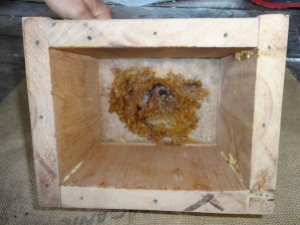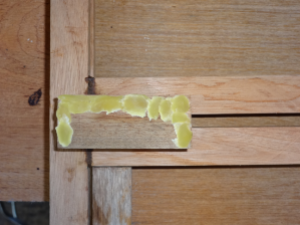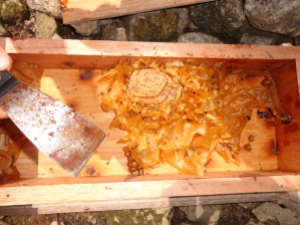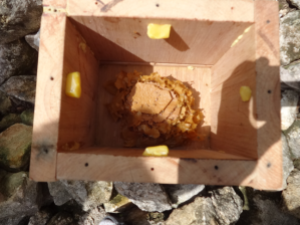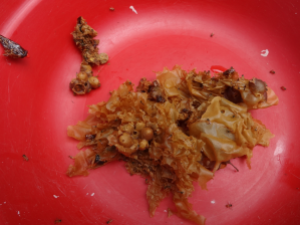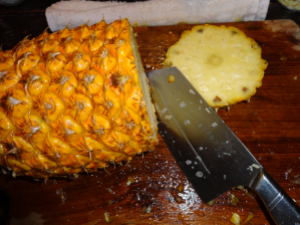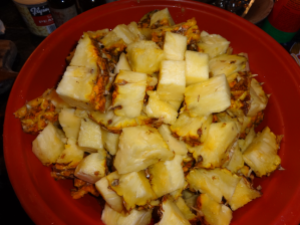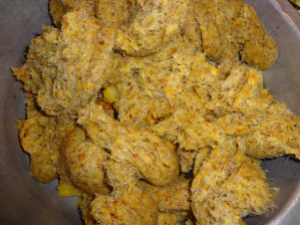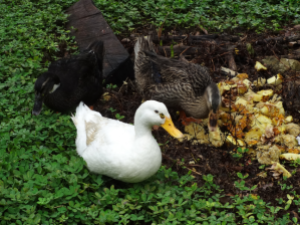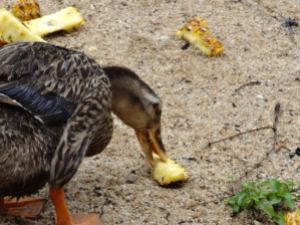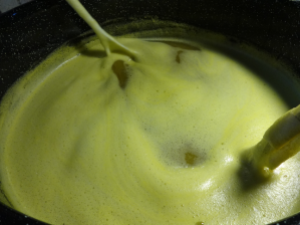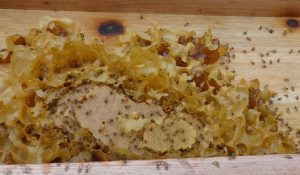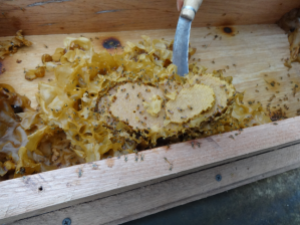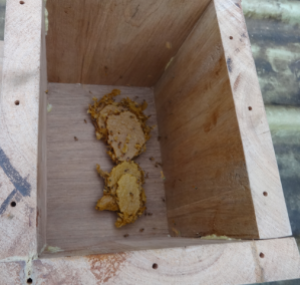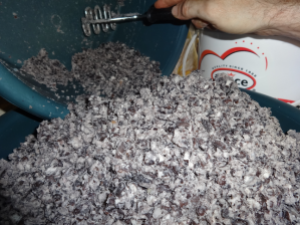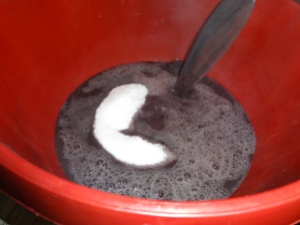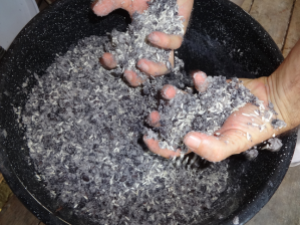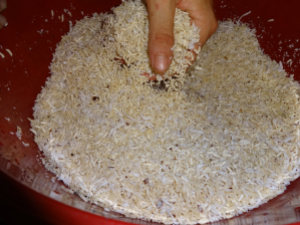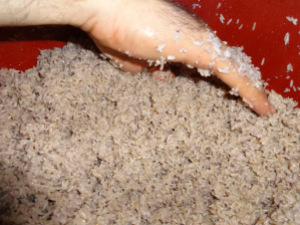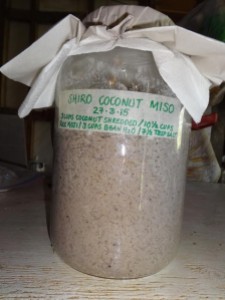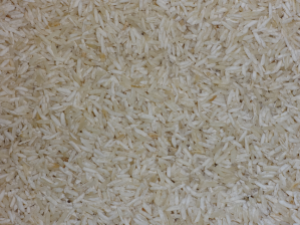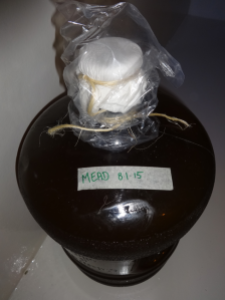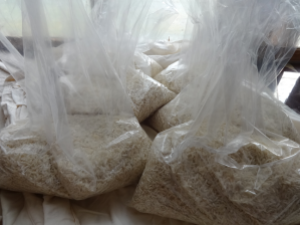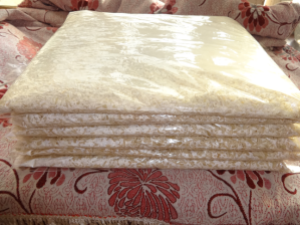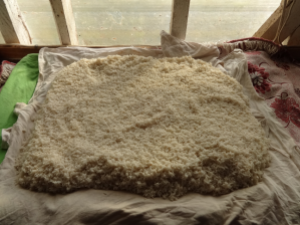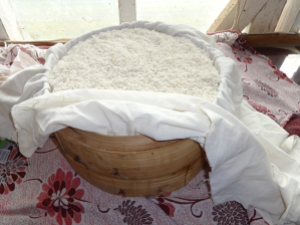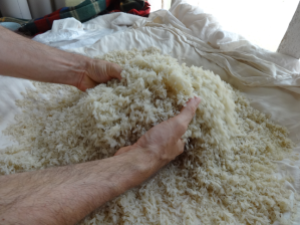 Some of you may have noticed that Gnome has started posting up Haikus. I think that it is a good thing and it gives us a few giggles and guffaws. Often when we find something humourous, nobody else does so this one may purely be for our own benefit. Though we would be pleased if these were received with joy and release in your hearts too. 😉
Some of you may have noticed that Gnome has started posting up Haikus. I think that it is a good thing and it gives us a few giggles and guffaws. Often when we find something humourous, nobody else does so this one may purely be for our own benefit. Though we would be pleased if these were received with joy and release in your hearts too. 😉
So, how did this come about? This is what happened…
I had received a pannetone cake tin from a friend and I was anxious to bake one and show a picture on my Blog. Well, that was the plan anyway. In my usual haphazard way of baking I proceeded without a recipe. Just sort of made it up. Needless to say, the baking venture went wrong. I was all in a tizz in the kitchen, getting myself into a maddening hysteria. It was one of those really, really hot days.

Gnome was hot and bothered too and was in no mood for my antics. He said rather coarsely:
“If you had actually read a recipe and done it properly, you wouldn’t be in this mess! It’s your own fault!”

Waaaahhhh!! I was none too pleased with his reply. It made me Waaaaahhhh!! even more.
When Gnome realised that his directness had only served to exacerbate the situation, his countenance suddenly changed. Anger was replaced by cool placidity. He said with unwavering surety,
“The caterpillar must grow wings in order to flutter high.”

Gnome had made a complete U-turn in our usual “chucking-a-maddy”script which shifted me off balance.
I paused in mid-flail. Arms in the air.
What an obtuse reference…it was all too funny!! We both saw the stupidity of the whole situation and cracked up laughing.
This is when we got the idea that Gnome should start writing Haikus. Often, he is viewed as too direct and honest in his words. So this is an opportunity for Gnome expression; nicely obtuse and obscure and uncharacteristically airy-fairy for an immensely pragmatic Gnome.














